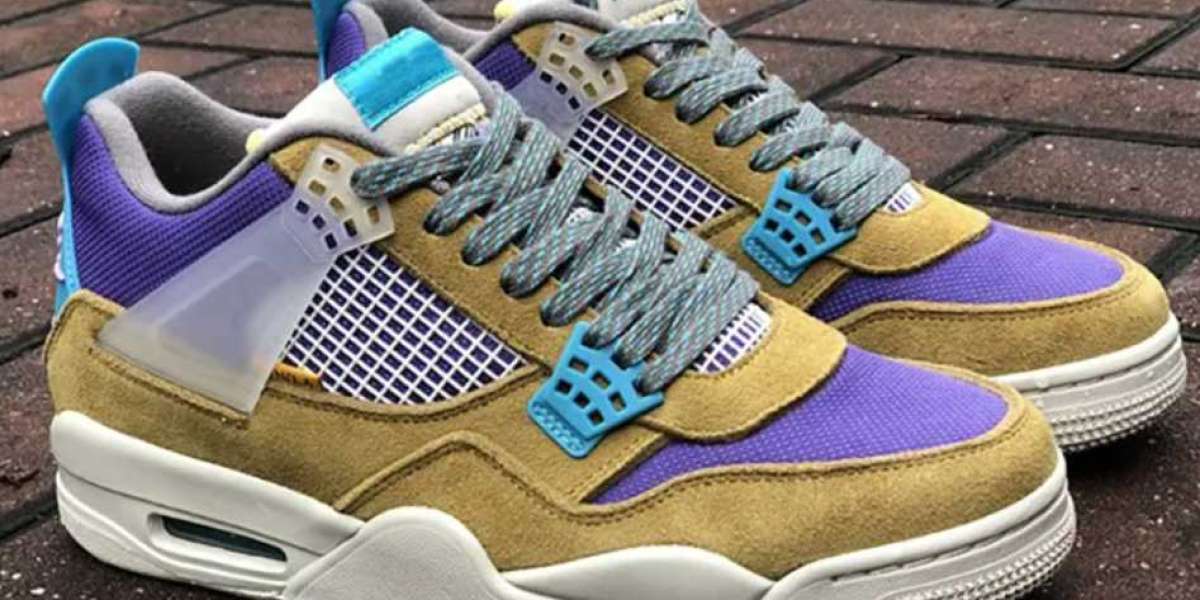Regular Washing: Clean your hair regularly to remove dirt, excess oil, and product buildup. However, avoid overwashing as it can strip the hair of its natural oils, leading to dryness and damage.
Use a Gentle Shampoo: Choose a shampoo that suits your hair type and is gentle on your scalp. Look for sulfate-free and paraben-free formulas to prevent stripping natural oils.
Condition Regularly: Conditioning helps to hydrate and nourish your hair, making it softer and more manageable. Use a conditioner that matches your hair type and focus on the ends where hair is often driest.
Limit Heat Styling: Excessive heat from styling tools like blow dryers, straighteners, and curling irons can damage hair. Minimize heat styling or use a heat protectant spray before applying heat to your hair.
Trim Regularly: Get regular trims every 6-8 weeks to prevent split ends and keep your hair looking healthy and vibrant.
Protect from Sun and Environmental Damage: UV rays and environmental pollutants can damage hair. Wear a hat or use hair products with UV protection when spending time outdoors.
Eat a Balanced Diet: A nutritious diet rich in vitamins, minerals, and proteins is essential for healthy hair growth. Incorporate foods like fruits, vegetables, lean proteins, and healthy fats into your diet.
Stay Hydrated: Drink plenty of water to keep your body and hair hydrated. Dehydration can lead to dry, brittle hair.
Avoid Tight Hairstyles: Tight hairstyles like ponytails, braids, and buns can cause tension and breakage. Opt for looser styles to prevent damage to your hair follicles.
Be Gentle with Wet Hair: Wet hair is more susceptible to damage, so avoid brushing or combing it aggressively. Use a wide-tooth comb or a gentle brush designed for wet hair to detangle without causing breakage.
Protect Hair While Sleeping: Use a silk or satin pillowcase to reduce friction and prevent hair breakage while you sleep. Alternatively, you can tie your hair in a loose bun or braid to prevent tangling.
Limit Chemical Treatments: Chemical treatments like perms, relaxers, and hair dyes can weaken and damage hair over time. Minimize their use or opt for gentler alternatives.
Proper Shampooing Technique: When shampooing your hair, focus on the scalp rather than the lengths of the hair. Gently massage the shampoo into your scalp with your fingertips, using circular motions to lift dirt and excess oil. Rinse thoroughly with lukewarm water to avoid stripping away too much natural oil.
Selecting the Right Shampoo and Conditioner: Choose shampoos and conditioners formulated for your hair type and concerns. Look for products that are sulfate-free, as sulfates can be harsh and strip the hair of its natural oils. Conditioners should contain moisturizing ingredients such as silicones, fatty alcohols, and natural oils to hydrate and soften the hair.
Incorporate Protein Treatments: Periodically incorporate protein treatments into your hair care routine to strengthen and repair damaged hair. Protein treatments contain ingredients like keratin, collagen, or silk amino acids that help fortify the hair shaft and reduce breakage.
Protecting Hair from Heat Styling: Before using heat styling tools, apply a thermal protectant spray or serum to shield the hair from heat damage. Set the styling tool to the appropriate temperature for your hair type and avoid prolonged exposure to heat. Use heat styling tools sparingly to minimize damage.
Deep Conditioning Regularly: Deep conditioning treatments provide intense hydration and nourishment to the hair. Use a deep conditioner once a week or as needed, focusing on the mid-lengths and ends of the hair. Consider using a steamer or heated cap to enhance the penetration of the conditioner into the hair shaft.
Scalp Care: Maintain a healthy scalp environment by exfoliating regularly to remove dead skin cells and product buildup. Use a scalp scrub or exfoliating shampoo once a week to promote circulation and prevent clogged follicles. Avoid overwashing, as it can disrupt the scalp's natural balance and lead to dryness or irritation.
Trimming Split Ends: Regular trims every 6-8 weeks are essential for removing split ends and preventing them from traveling up the hair shaft. Use sharp, professional-quality scissors to make clean cuts, and trim only the damaged portions of the hair to maintain length and shape.
Protecting Hair from Environmental Damage: Environmental factors such as UV radiation, pollution, and harsh weather conditions can damage the hair cuticle. Protect your hair by wearing a hat or scarf when exposed to the sun, and use products with UV filters for added protection. Consider using a leave-in conditioner or hair oil to create a protective barrier against environmental stressors.
Maintaining a Balanced Diet: Proper nutrition is crucial for healthy hair growth. Consume a diet rich in vitamins, minerals, and proteins, including foods like salmon, eggs, nuts, leafy greens, and fruits. Supplement your diet with omega-3 fatty acids, biotin, and other hair-friendly nutrients as needed.
Minimize Chemical Exposure: Limit the use of harsh chemical treatments such as relaxers, perms, and hair dyes, as they can weaken the hair structure and cause damage over time. Opt for gentle, ammonia-free hair color formulas and consider natural alternatives for styling and treatment purposes.
By following these tips and adopting a holistic approach to hair care, you can help maintain healthy, shiny, and vibrant hair.








